Mozambique distinguished as Champion in the Fight Against Malaria
Mozambique: Floods displace thousands of families in Gaza
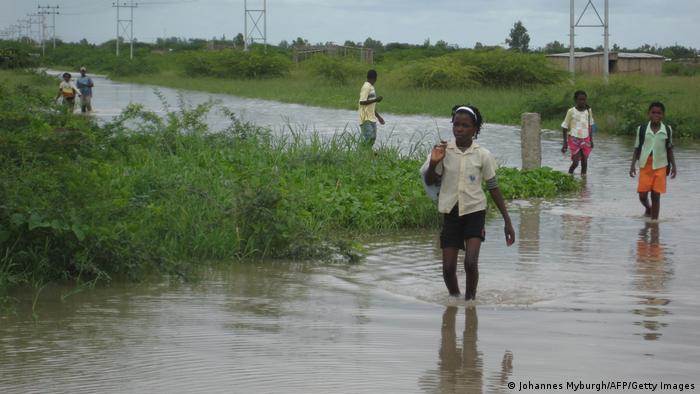
FILE PHOTO -Floods caused by the overflow of the Limpopo River in Gaza, Mozambique. [File photo: DW]
Cyclone Eloise displaced about 43,000 families and flooded thousands of hectares of land. Water levels remain high in the Limpopo River, but the INGD says the situation is under control.
The heavy rains hit Mozambique’s neighbouring countries recently, contributing to the floods in the province of Gaza. There is no record of fatalities, but tens of thousands of people have been displaced and vast areas of agricultural land are flooded.
DW Africa interviewed the provincial delegate of the National Institute for Disaster Risk Management (INGD) in Gaza province, Manuel Machaieie.
DW Africa: What is the scenario in Gaza? Is the situation critical?
Manuel Machaieie (MM): We started to see an increase in flow rates, then it slowed down a little. But after the passage of tropical cyclone Eloise, which hit Botswana, Zimbabwe and South Africa, flows along the Limpopo River and tributaries in the neighbouring countries began to increase. This caused the Limpopo River to overflow.
At this time, hydrometric levels along the Limpopo River are above the alert level, particularly in Pafuri, Congomune, Chokwé and Chicacate.
DW Africa: Are you aware of the damage caused by rising waters? Are there any plans to evacuate the population?
MM: Thirty-two thousand hectares of crops have been affected, and nearly 43,000 households. The lower inhabited areas of Chokwé, Chibuto and Guijá were flooded.
However, there were very concrete actions from the point of view of evacuation or voluntary withdrawal of families. In Chokwé, the first boat came with 248 families, in Guijá with 15 families, while, in Chibuto, close to 5,000 people had to be removed from the risk areas.
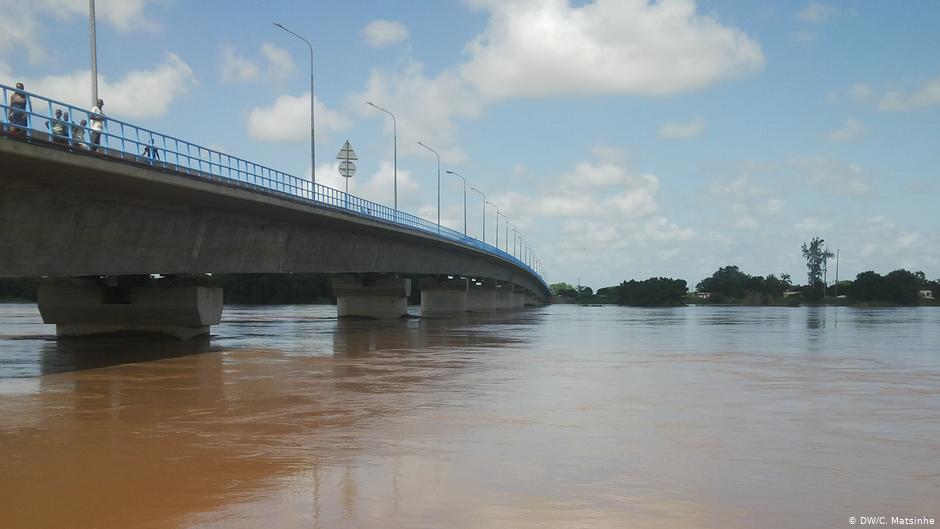
DW Africa: Are you going to continue to protect the population taking into account that bad weather is coming?
MM: This work continues, especially in places where families have already left. The challenge now is to prevent them from returning to the fields so that they are not besieged and then need to be rescued again, which occurred in the districts of Chongoene and Limpopo.
There is a peculiarity in the work that the government has been doing since the floods of 2000, to raise families’ awareness so that they have two houses, one in the risk zone where they practice agriculture and breed livestock and the other in the safe zone, where they keep their valuable assets.
That is what we have been doing, and we are happy because we have no need to create accommodation centres, because families have followed the recommendations.
DW Africa: Fortunately, for now, there are no deaths or injuries?
MM: We don’t have situations like that. It is true that, from the point of view of direct deaths, we have none. But we cannot deny that children sometimes drown in the river. We had one or two of these situations. But we have no alarm situations at this time.
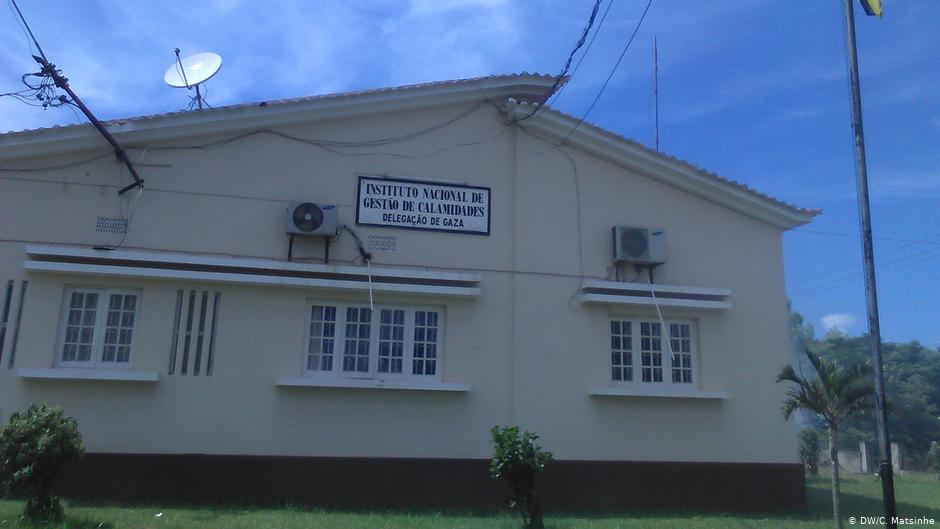
DW Africa: Images have been circulating of a collapsed bridge. Can you confirm this?
MM: From the point of view of access, due to the overflow of the river in the Caniçado-Chinhacanine section in Guijá district, the crossing is currently made by boat.
DW Africa: Can the current situation in South Africa further harm Mozambique?
MM: At this moment, we have no indication of any significant outflow in the next few days. But with the Limpopo River situation as it is, further runoffs could expand the area now flooded.



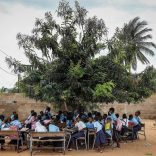
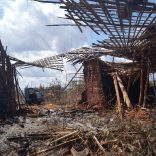

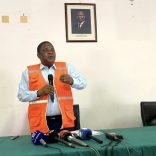


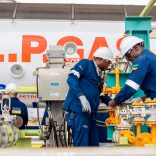
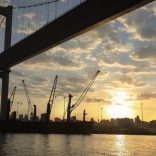
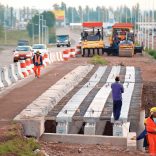
Leave a Reply
Be the First to Comment!
You must be logged in to post a comment.
You must be logged in to post a comment.